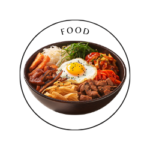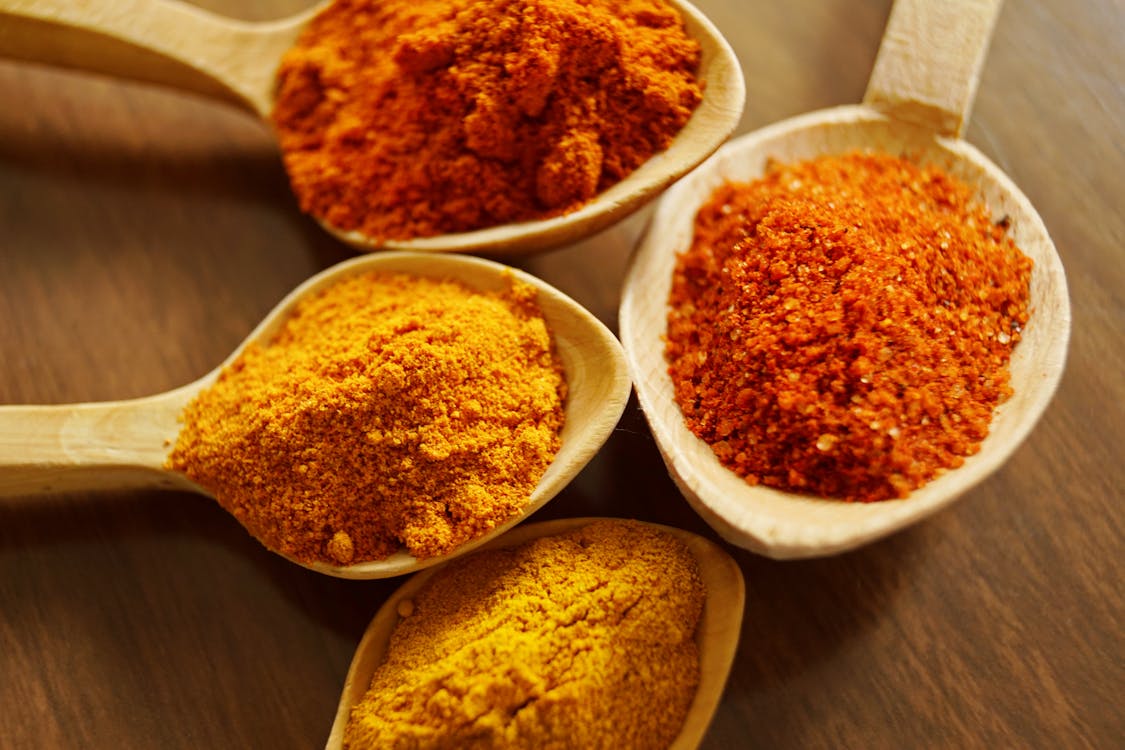 Mind
Mind
- Digital and Modern Well-being
- Mental Health and Emotional Well-being
- Mind-Body Connection and Holistic Health
- Parenting and Family
- Personal Growth and Development
- Relationships and Social Well-being
- Stress and Relaxation
- Therapeutic and Creative Practices
- Trauma and Recovery
- Work, Productivity, and Discipline
 Body
Body
 Fitness
Fitness
 Food
Food
 Beauty
Beauty
Low-Sodium Cooking: Flavourful Alternatives to Salt

Low-Sodium Cooking: Flavourful Alternatives to Salt
When it comes to enhancing the flavours of our meals, salt often takes centre stage. It’s quick, easy, and brings out the natural flavours in most dishes. But for those seeking a healthier lifestyle or managing conditions like high blood pressure, reducing sodium intake is essential. The good news? Low-sodium cooking doesn’t mean sacrificing flavour. In fact, by getting creative with herbs, spices, and cooking techniques, you can achieve delicious, full-flavoured meals without relying on salt. Let’s explore some of the best alternatives to salt that will keep your meals exciting, vibrant, and most importantly, healthy.
Why Reduce Sodium?
Salt, or sodium chloride, is a mineral essential for many bodily functions, including fluid balance and muscle function. However, most people consume more sodium than they need, often unknowingly. Excessive sodium intake can lead to high blood pressure, which increases the risk of heart disease and stroke. Reducing salt can help manage these risks, but that doesn’t mean you have to compromise on taste. Learning how to use other ingredients to enhance your meals will not only support your health but also expand your culinary skills.
1. Herbs and Spices: Nature’s Flavour Boosters
Herbs and spices are your first line of defence when reducing sodium. They’re packed with flavour and offer a variety of health benefits. Here are some popular options:
Garlic and Onion Powder: These bring a deep, savoury flavour to any dish. While fresh garlic and onions are also fantastic, their powdered forms are convenient for seasoning.
Paprika (Smoked or Sweet): Paprika offers a smoky depth of flavour that can mimic some of the savouriness of salt. It’s excellent in roasted vegetables, meats, and even sprinkled over eggs.
Cumin: With its earthy and slightly spicy profile, cumin adds warmth to dishes, especially soups, stews, and curries.
Turmeric: Known for its anti-inflammatory properties, turmeric gives dishes a subtle earthy bitterness and vibrant colour.
Herbs like Basil, Rosemary, Thyme, and Oregano: These Mediterranean herbs bring a fragrant, fresh flavour to foods. Use them generously in salads, roasted vegetables, and pasta dishes.
Chilli Flakes or Powder: If you love a bit of heat, chilli flakes can add a spicy kick that helps to mask the absence of salt.
Experimenting with combinations of these herbs and spices will add layers of complexity to your dishes, reducing the need for sodium.
2. Citrus and Vinegars: A Tangy Twist
Acidic ingredients, such as lemon juice and vinegars, are fantastic for brightening flavours without salt. Their sharpness stimulates the taste buds, making dishes feel more vibrant.
Lemon and Lime: A squeeze of fresh citrus juice can elevate roasted vegetables, grilled fish, or salads. Zest the peel for an even stronger citrus punch.
Apple Cider Vinegar: This versatile vinegar has a mild sweetness and tang that pairs well with dressings, marinades, and sauces.
Balsamic Vinegar: Slightly sweet with a rich complexity, balsamic is excellent for drizzling over roasted veggies or adding to slow-cooked meats.
Red Wine Vinegar: This brings a punchy flavour to vinaigrettes, sautéed greens, and grain salads.
Acidic elements like citrus and vinegars offer a powerful contrast to richer flavours in your dishes, creating a balanced and satisfying meal.
3. Umami: The Savoury Secret
Umami is the fifth taste sensation, often described as “savoury” or “meaty.” While salt brings out natural umami flavours, there are many salt-free ways to achieve this satisfying taste.
Mushrooms: Particularly shiitake and portobello mushrooms, which are rich in umami, make a great addition to stews, stir-fries, or pasta sauces.
Tomatoes: Both fresh and sun-dried tomatoes are loaded with umami. Use them to enhance sauces, soups, or salads.
Nutritional Yeast: Often used in vegan cooking, nutritional yeast has a cheesy, nutty flavour that’s perfect for sprinkling over popcorn, pasta, or roasted veggies.
Soy Sauce Alternatives: Low-sodium soy sauce, tamari, or coconut aminos can deliver that savoury punch without the overload of sodium. Use these sparingly to keep sodium levels in check.
Incorporating these umami-rich foods can provide that deeply satisfying taste we often associate with salt, making them perfect for low-sodium cooking.
4. Infused Oils: A Burst of Flavour
Infusing oils with herbs and spices allows you to add a burst of flavour to your meals without extra sodium. They’re easy to make and store, making them a convenient way to dress up any dish.
Garlic-Infused Olive Oil: This oil adds a rich garlic flavour that’s perfect for drizzling over roasted vegetables or using in salad dressings.
Chilli-Infused Oil: Great for adding heat to stir-fries, pasta, or grilled meats.
Herb-Infused Oils: Rosemary or thyme-infused oils can be used to add depth to grains, meats, or roasted root vegetables.
By using infused oils, you can control the flavour intensity and add complexity to your dishes without any sodium at all.
5. Cooking Techniques to Enhance Flavour
The way you cook your food can drastically affect its flavour. Certain techniques naturally enhance the taste and texture of food, helping you cut back on salt without losing any appeal.
Roasting: Roasting vegetables or meats caramelises their natural sugars, bringing out a rich, deep flavour. This makes them taste more complex without needing much added seasoning.
Grilling: The smoky flavour from grilling can add depth to vegetables, tofu, and meats, compensating for the lack of salt.
Searing: Searing foods in a hot pan helps to lock in flavours and creates a crispy, savoury crust, giving dishes a satisfying bite without the need for salt.
Blanching: Briefly boiling vegetables in water, then shocking them in cold water, preserves their colour and brings out their natural sweetness. A little drizzle of lemon juice or olive oil afterward is all you need to finish the dish.
Mastering these techniques can elevate simple ingredients, allowing their natural flavours to shine.
6. Use Salt Substitutes Wisely
While there are plenty of commercial salt substitutes on the market, it’s important to use them wisely. Many salt substitutes contain potassium chloride, which may not be suitable for people with kidney issues or those on specific medications. Always consult with a healthcare provider before making substantial changes to your diet.
Final Thoughts
Reducing sodium in your cooking doesn’t mean settling for bland meals. By embracing fresh herbs, spices, acidic elements, umami-rich foods, and smart cooking techniques, you can create flavour-packed dishes that are both satisfying and nourishing. Start experimenting with these alternatives, and you’ll discover that low-sodium cooking can be just as delicious—if not more so—than its salty counterpart.
Your taste buds (and your heart) will thank you!
